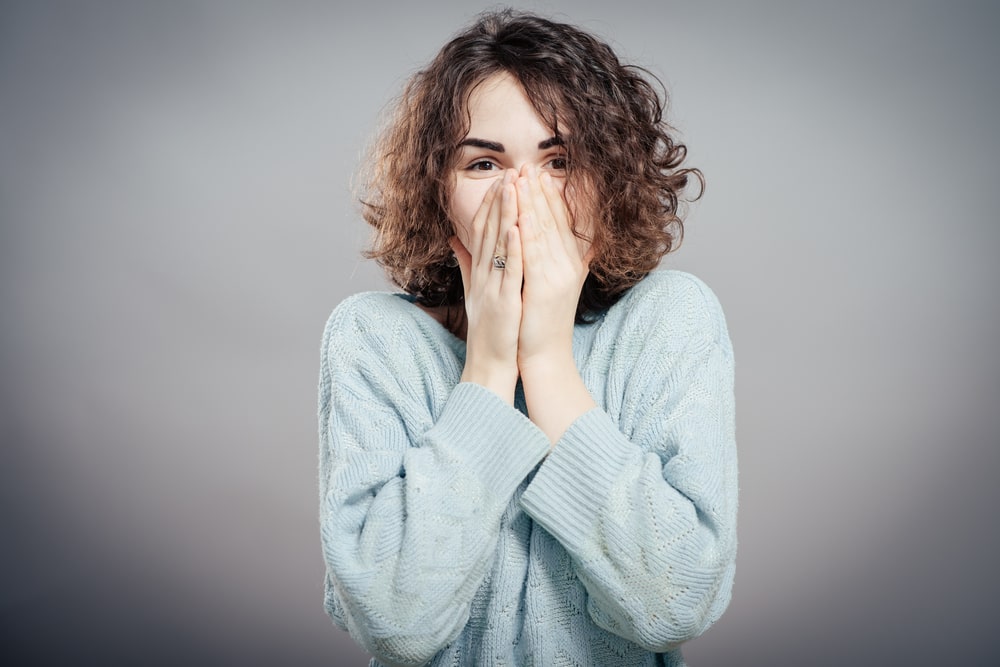
Occupational stress and workplace anxiety is highly common. According to Mental Health America’s 2021 Mind the Workplace report, nearly 83 percent of respondents felt emotionally drained from their work, and about 9 in 10 workers, which is equal to 85%, reported that job stress affected their mental health. Navigating occupational stress and anxiety is essential for maintaining mental well-being in the workplace. The following guide can help individuals learn to better manage stress and anxiety within the work terrain:
- Self-Awareness:
- Recognize Triggers: Identify specific stressors in the workplace, such as tight deadlines, excessive workload, or interpersonal conflicts.
- Understand Personal Limits: Know your limits and be realistic about what you can accomplish, in a given timeframe.
- Time Management:
- Prioritize Tasks: Create a daily or weekly to-do list, prioritizing tasks based on importance and deadlines.
- Set Realistic Goals: Break down larger projects into smaller, manageable tasks.
- Effective Communication:
- Express Boundaries: Clearly communicate boundaries and expectations to colleagues and supervisors.
- Seek Clarification: If unclear about tasks or expectations, ask for clarification to avoid misunderstandings.
- Work-Life Balance:
- Establish Boundaries: Set clear boundaries between work and personal life to prevent burnout. Avoid checking work emails or engaging in work-related tasks outside of designated work hours.
- Mindfulness and Relaxation Techniques:
- Practice Mindfulness: Incorporate mindfulness techniques, such as deep breathing or meditation, to manage stress in the moment.
- Take Short Breaks: Schedule short breaks during the day to recharge and refocus.
- Social Support:
- Build a Support Network: Cultivate positive relationships with colleagues to provide mutual support. Discuss challenges with trusted coworkers or friends.
- Skill Development:
- Continuous Learning: Enhance skills through ongoing training and professional development. Develop a growth mindset to view challenges as opportunities for learning.
- Healthy Lifestyle:
- Regular Exercise: Incorporate regular physical activity into your routine to reduce stress.
- Balanced Nutrition: Maintain a healthy and balanced diet to support overall well-being.
- Assertiveness Skills:
- Express Needs Clearly: Practice assertiveness to communicate needs, express opinions, and set boundaries. Learn to say no when necessary, without feeling guilty.
- Conflict Resolution:
- Address Conflicts Promptly: Deal with conflicts in a timely manner, seeking resolution through open communication. Consider involving a mediator or supervisor if needed.
- Regular Check-Ins:
- Self-Reflection: Regularly assess your well-being and stress levels. Adjust strategies and seek additional support as needed.
- Coping Mechanisms:
- Healthy Coping Strategies: Identify healthy coping mechanisms, such as journaling, creative outlets, or engaging in hobbies. Avoid reliance on unhealthy coping methods, such as excessive alcohol or substance use.
- Time Off and Vacation:
- Take Breaks: Utilize vacation days and take breaks to recharge. Recognize the importance of rest in maintaining overall health.
Navigating occupational stress and anxiety is an ongoing process. Implementing these strategies can contribute to a healthier work environment and better personal well-being. If stress becomes chronic or significantly impacts daily functioning, it may be advantageous to seek professional support.
Treatment In Calabasas
Calabasas is a city in California. It is a well-known suburb of Los Angeles, located west of the San Fernando Valley and north of the Santa Monica Mountains. Over the past decade, the city of Calabasas has grown in its reputation for luxury as well as for privacy which makes it a hidden gem for residential living for society’s elite, and one of the most desirable destinations in Los Angeles County. It is also home to a plethora of highly qualified mental health clinicians providing an array of therapeutic services and treatment options.
The information above is provided for the use of informational purposes only. The above content is not to be substituted for professional advice, diagnosis, or treatment, as in no way is it intended as an attempt to practice medicine, give specific medical advice, including, without limitation, advice concerning the topic of mental health. As such, please do not use any material provided above to disregard professional advice or delay seeking treatment.









